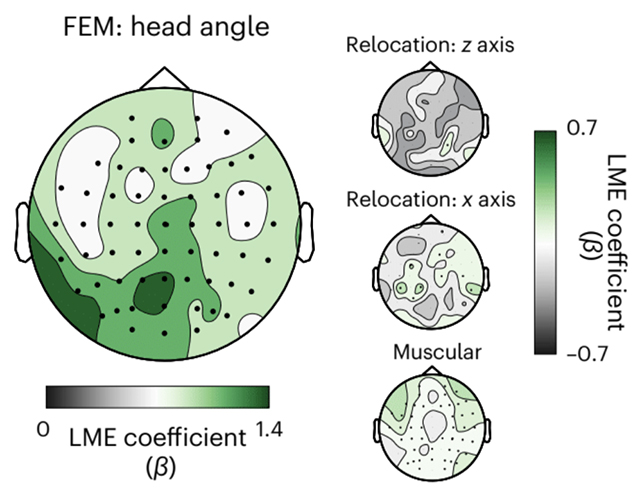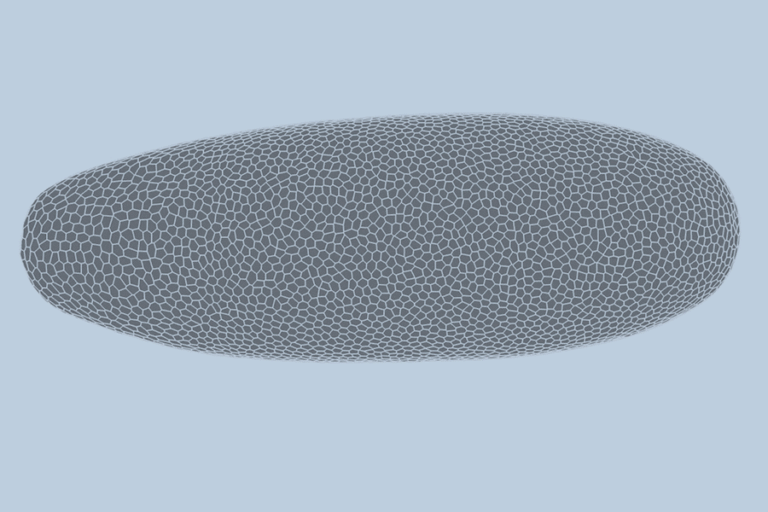How our brain guides us: Revealing the neural compass

Navigating through the world around us seems like a seamless task, yet it involves complex computations within our brain that go beyond mere mapping. While previous research has delved into understanding how we perceive and map our surroundings, less attention has been paid to how our brain keeps track of our direction within this mental map.
However, a recent study conducted by a team of researchers from the University of Birmingham in the UK and the Ludwig Maximilian University of Munich in Germany sheds light on this enigmatic aspect of human cognition.

Neuroscientist Benjamin Griffiths, from the University of Birmingham, points out the gap in our understanding, stating, “We know that animals such as birds, rats, and bats have neural circuitry that keeps them on track, but we know surprisingly little about how the human brain manages this out and about in the real world.”
The study, published in Nature Human Behaviour, unveils the existence of a ‘neural compass’ within the human brain. Through a series of experiments involving 52 healthy volunteers, researchers monitored brain signals via electroencephalogram (EEG) caps while participants oriented their heads and eyes in different directions. Additionally, further tests were conducted on 10 volunteers with electrodes inside their skulls, allowing for a closer examination of brain regions involved in directional monitoring.
The results were intriguing. The team identified signature brain activity in regions such as the medial temporal lobe, parietal cortex, and parahippocampus, which play crucial roles in memory, linking incoming information, and place recognition, respectively. These regions exhibited activity just before head movements, indicating their involvement in ensuring that we face the intended direction and maintain spatial awareness.
“Several distinct regions are tuned to changes in head angle, including the parietal lobe and parahippocampus,” the researchers explain in their paper. “We identified a signature tuned to current heading angle that is distinguishable from sensory input and muscular activity.”
Griffiths elaborates on their findings, stating, “Isolating these signals enables us to really focus on how the brain processes navigational information and how these signals work alongside other cues such as visual landmarks.”
Furthermore, the study suggests implications beyond fundamental neuroscience. Understanding how the brain guides our bodies through space could offer insights into neurodegenerative diseases like Alzheimer’s. By deciphering the mechanisms underlying our neural compass, researchers may pave the way for interventions to prevent breakdowns in this critical aspect of brain function.
Moreover, the implications extend to technological advancements. The researchers propose that insights gained from studying the neural compass could enhance navigation technologies in robotics and artificial intelligence (AI). In an era where we increasingly rely on technology for navigation, understanding the biological basis of human navigation could lead to more efficient and reliable systems.
- See also: New method of producing human cartilage
Interestingly, the study’s findings come at a time when our reliance on technology for navigation is growing. While we uncover the intricacies of our neural compass, technological innovations continue to reshape how we navigate the world. It raises questions about the future role of our innate navigational abilities in an age dominated by digital navigation tools.
The research not only deepens our understanding of how the brain orchestrates spatial orientation but also holds promise for addressing neurological disorders and advancing navigation technology. As we unravel the mysteries of the neural compass, we gain new perspectives on the intricate relationship between the human mind and the world it navigates.






